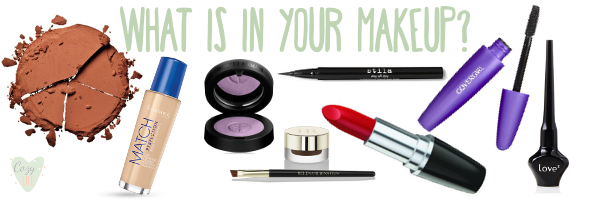We all know that breastfeeding is the best way to feed your infant. There's no contesting that fact. As you progress through your first pregnancy, you'll likely look up nipple creams, breast pads, and breast pumps - all in preparation for feeding your baby the way that everyone agrees is healthiest. Way to go, Mom!
What no one ever seems to talk about is when a baby has a bad latch - or what happens when mom's milk never comes in - or when mom can't produce enough. What people never seem to talk about it the fact that breastfeeding doesn't always work, and it can be devastating for a mother.

With my first baby, breast milk caused my son excessive levels of reflux, regardless of the diet I maintained. Every time I fed him, he would spit up most or all of what he ate. He began losing precious amounts of weight and both myself and my son's pediatrician were worried for his health. I worked with lactation consultants, ate nothing but plain oats and water, pumped my milk and gave it to my son in a bottle... Nothing worked. The result? Formula feeding. I cried and felt like a failure - My own breast milk was harming my baby.
My sister, who had two children of her own when my son was born, had breastfed her kids without ANY issues, even feeding her daughter until she was almost two years-old - how had she done so well and I couldn't manage even a single month? These feelings of inadequacy fed into my "baby blues," which eventually crossed the threshold into full-on postpartum depression. What should have been the most beautiful time of my life turned very, very dark. My husband was hugely effected by it, and I couldn't control it.
How to Stop the Guilt
"Breastfeeding Guilt," as I call it, should be stopped before it even starts. I think that mother's nowadays are under so much pressure from EACH OTHER to be "all natural" and "green" moms, that it creates unrealistic expectations of how we should raise our kids.Yes, breastfeeding is best. But for your own peace of mind, go into any pregnancy ready for the potential problems that might arise - you can't know how your breastfeeding journey will turn out until you and your baby work on it together. There are a lot of options to correct issues with a "bad latch," various positions to help with nipple pain, nutrition plans you can try to increase milk production, etc.
But if everything you try doesn't work? Don't hate yourself. It's okay. You aren't less of mother for needing to feed your baby formula. If it turns out to be the best option to help your baby grow, then do it. It was a really hard pill to swallow for me - but I got over and moved on.
Don't give up.
With my newborn daughter, I was scared to breastfeed because of the memories of what happened with my son - but I tried anyway. I'm SO glad that I did. Both her latch and my milk supply have worked together like a dream and she's grown quickly, gaining weight as expected. I've had a few issues with pain and pumping is a nightmare sometimes, but we've achieved a balance that works and I'm hopeful that we'll have her on solely breast milk for at least the first six months... but if that doesn't happen, I'm not going to blame myself or feel like a bad mother.















